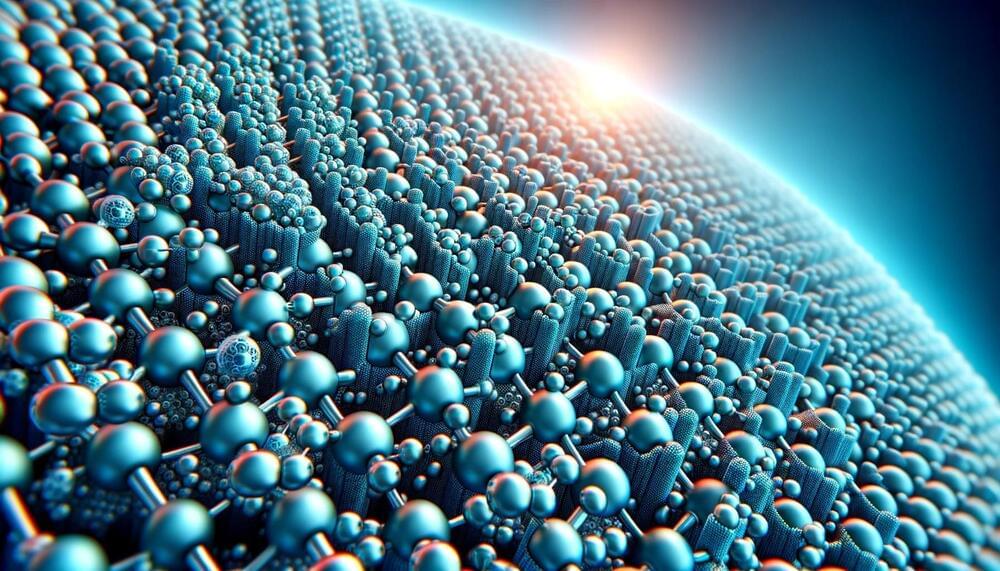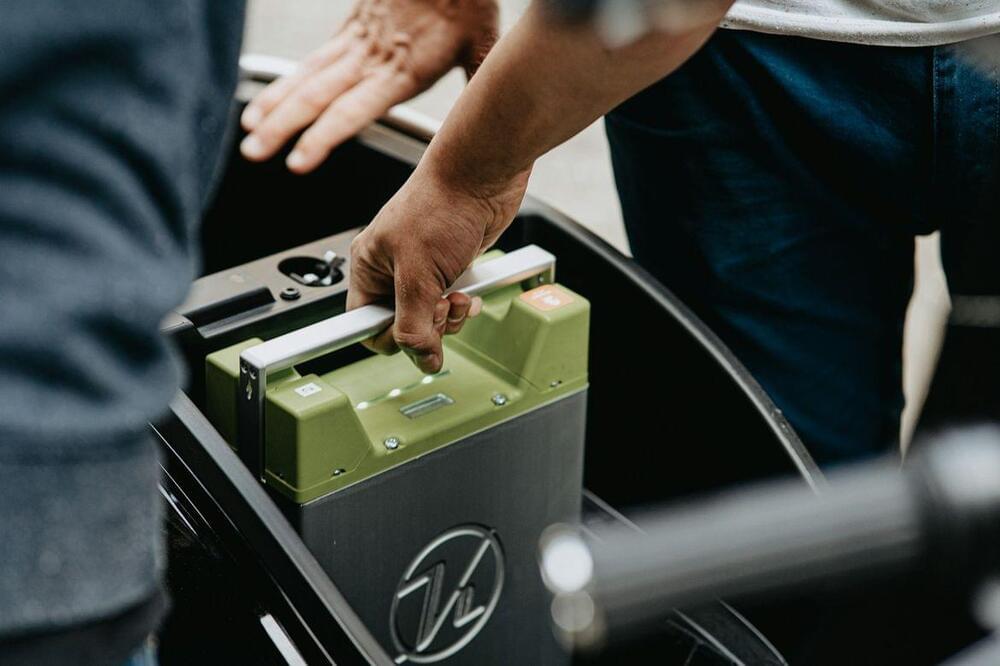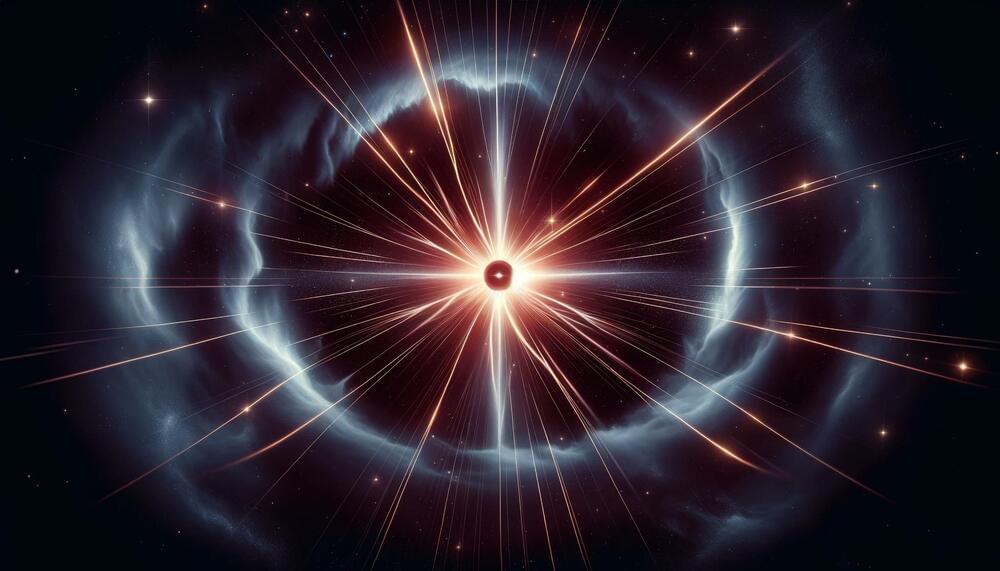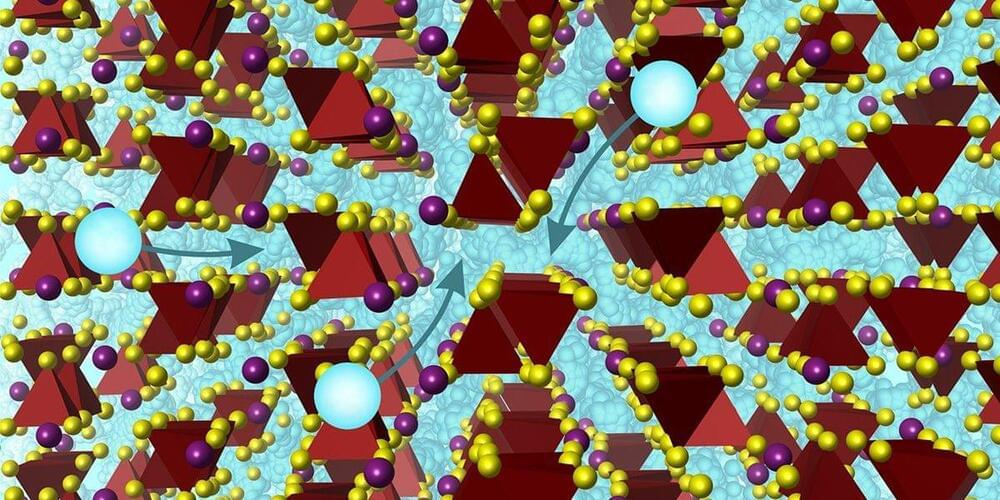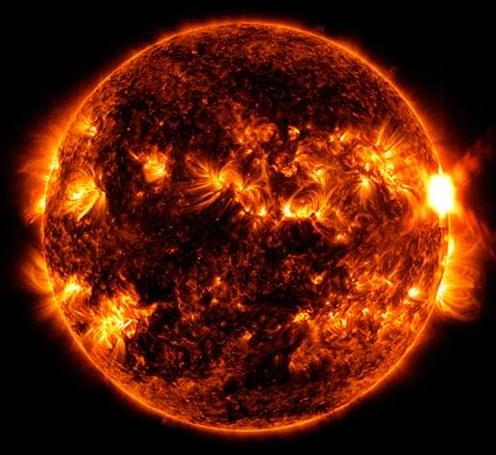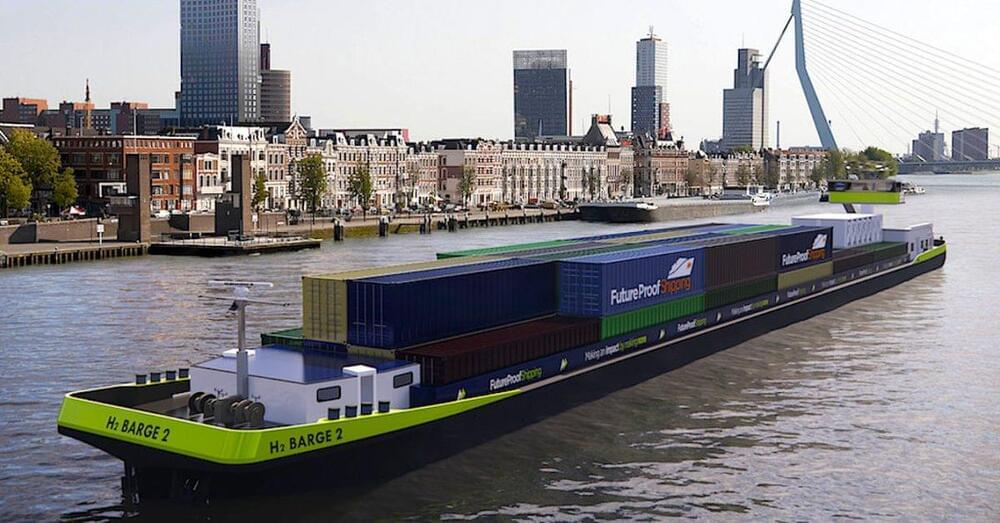Owners hope the world’s first “wind-assisted chemical tanker” will help the shipping industry change tack for a greener future.
Category: energy – Page 56
A nanoporous material that holds hydrogen at twice the density of cryogenic liquid H2 could address the challenges of large-scale liquid and gas storage that have held this clean fuel back.
Hydrogen is finding plenty of applications as a clean fuel – in trucking and commercial vehicles, short range aviation and shipping, for example, where it carries considerably more energy per weight and volume than lithium batteries and can deliver superior range figures and quick refueling. You can burn it more or less like gasoline, or run it through a fuel cell to generate electric power.
It has the highest energy per mass of any fuel, but it’s a pain to store. Keep it in gas tanks and you’ll need some 700 atmospheres’ worth of compression. Keep it as a liquid, and you’ll need to maintain cryogenic temperatures just 20 degrees above absolute zero. And even when squashed into a supercooled liquid, it might be lightweight, but it takes up a surprising and inconvenient amount of volume, making it both energy-hungry and tough to package where space is an issue.
A combination of battery technology and catalysis opens new avenues for cheap, high-capacity batteries. Lithium-sulfur batteries can potentially store five to 10 times more energy than current state-of-the-art lithium-ion batteries at much lower cost. Current lithium-ion batteries use cobalt oxide as the cathode, an expensive mineral mined in ways that harm people and the environment. Lithium-sulfur batteries replace cobalt oxide with sulfur, which is abundant and cheap, costing less than one-hundredth the price of cobalt.
But there’s a catch: Chemical reactions, particularly the sulfur reduction reaction, are very complex and not well understood, and undesired side reactions could end the batteries’ lives well before those of traditional batteries.
Now, researchers led by UCLA chemists Xiangfeng Duan and Philippe Sautet have deciphered the key pathways of this reaction.
Using two of the agency’s X-ray telescopes, researchers were able to zoom in on a dead star’s erratic behavior as it released a bright, brief burst of radio waves.
What’s causing mysterious bursts of radio waves from deep space? Astronomers may be a step closer to providing one answer to that question. Two NASA X-ray telescopes recently observed one such event – known as a fast radio burst – mere minutes before and after it occurred. This unprecedented view sets scientists on a path to better understand these extreme radio events.
While they only last for a fraction of a second, fast radio bursts can release about as much energy as the Sun does in a year. Their light also forms a laser-like beam, setting them apart from more chaotic cosmic explosions.
Now we’re cooking with gas—but soon, we may be cooking with induction. A growing number of consumers are switching to induction-based stoves and ovens to address environmental concerns and health risks associated with gas ranges. But while these new appliances are more energy efficient, most models require modified electrical outlets and cost hundreds of dollars to install. That’s why startups like Channing Street Copper and Impulse Labs are working to make induction ovens easier to install by adding built-in batteries that supplement regular wall-socket power. Channing Street Copper plans to roll out its battery-boosted Charlie appliance in early 2024.
Utilizing an ultra-thin Li anode with a thickness below 50 μm is crucial for enhancing the energy density of batteries. Here, the authors develop a finely tunable, thin alloy-based Li anode that features a hierarchical Li electrochemistry, enabling stable cycling and superior energy density in Li metal batteries.
This may have posted but it’s interesting as a start. Beaming energy from space to the ground is a great idea. One thing I always need is energy.
The experimental system could be used to send energy anywhere on Earth.
Although solar flares have been classified based on the amount of energy they emit at their peak, there has not been significant study into differentiating flares since slow-building flares were first discovered in the 1980s. Scientists have now shown that there is a significant amount of slower-type flares worthy of further investigation.
Solar flares occur when magnetic energy builds up in the Sun’s atmosphere and is released as electromagnetic radiation. Lasting anywhere from a few minutes to a few hours, flares usually reach temperatures around 10 million degrees Kelvin. Because of their intense electromagnetic energy, solar flares can cause disruptions in radio communications, Earth-orbiting satellites and even result in blackouts.
The width-to-decay ratio of a flare is the time it takes to reach maximum intensity to the time it takes to dissipate its energy.
LG Chem is building a $3 billion battery cathode factory for EVs in Tennessee – and it just inked a multi-billion dollar deal with GM.
LG Chem has secured a long-term cathode material supply contract with General Motors (GM) worth $19 billion. The contract will commence in 2026 – when the factory is expected to come online – and run until 2035.
Ultium Cells, a joint venture between LG Energy Solution and GM, will primarily use the NCMA (nickel, cobalt, manganese, aluminum) cathode materials made at LG’s Tennessee factory.
The H2 Barge 2 is a hydrogen fuel-cell powered ship designed to transport containers on the Rhine between Rotterdam (NL) and Duisburg (DE) with zero emissions that could represent a massive reduction in carbon emissions.
Developed by Dutch shipowner Future Proof Shipping (FPS) and funded by the EU Flagships project and the Interreg ZEM Ports NS project, the H2 Barge 2 (formerly Fenny 1 and FPS Waal) was built as a conventionally powered containership before being converted to electric drive – with the 1.2 MW of power to drive the vessel’s motors coming from six PEM fuel cells, hydrogen storage, and a number of battery packs placed below deck.
Compared to its previous incarnations, the H2 Barge 2 is expected to reduce 3,000 tons of CO2 annually while sailing a comparable amount of shipping containers up and down the Rhine. And, in doing so (the company says), the vessel proves that the European river fleet can be, “fully zero emission already today.”

